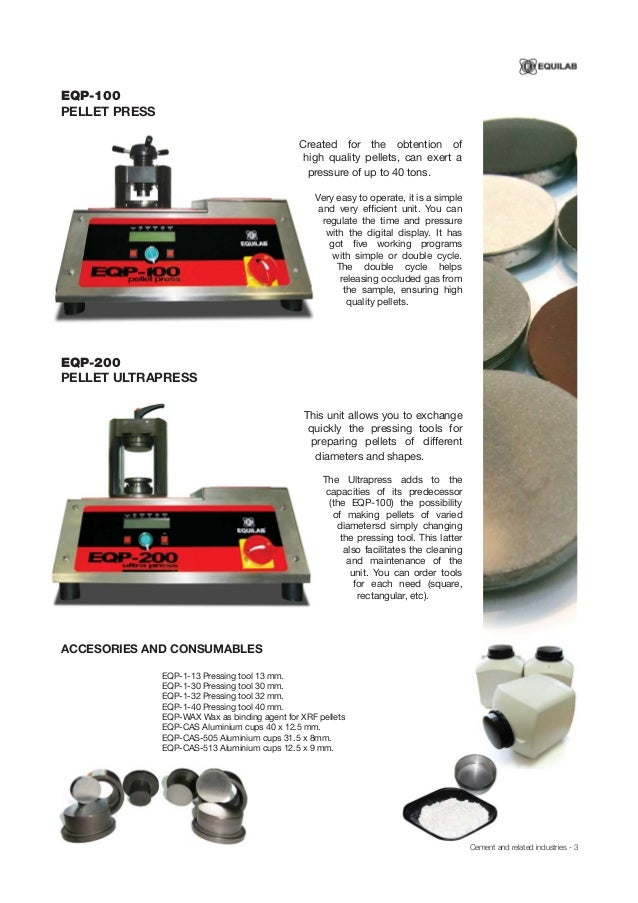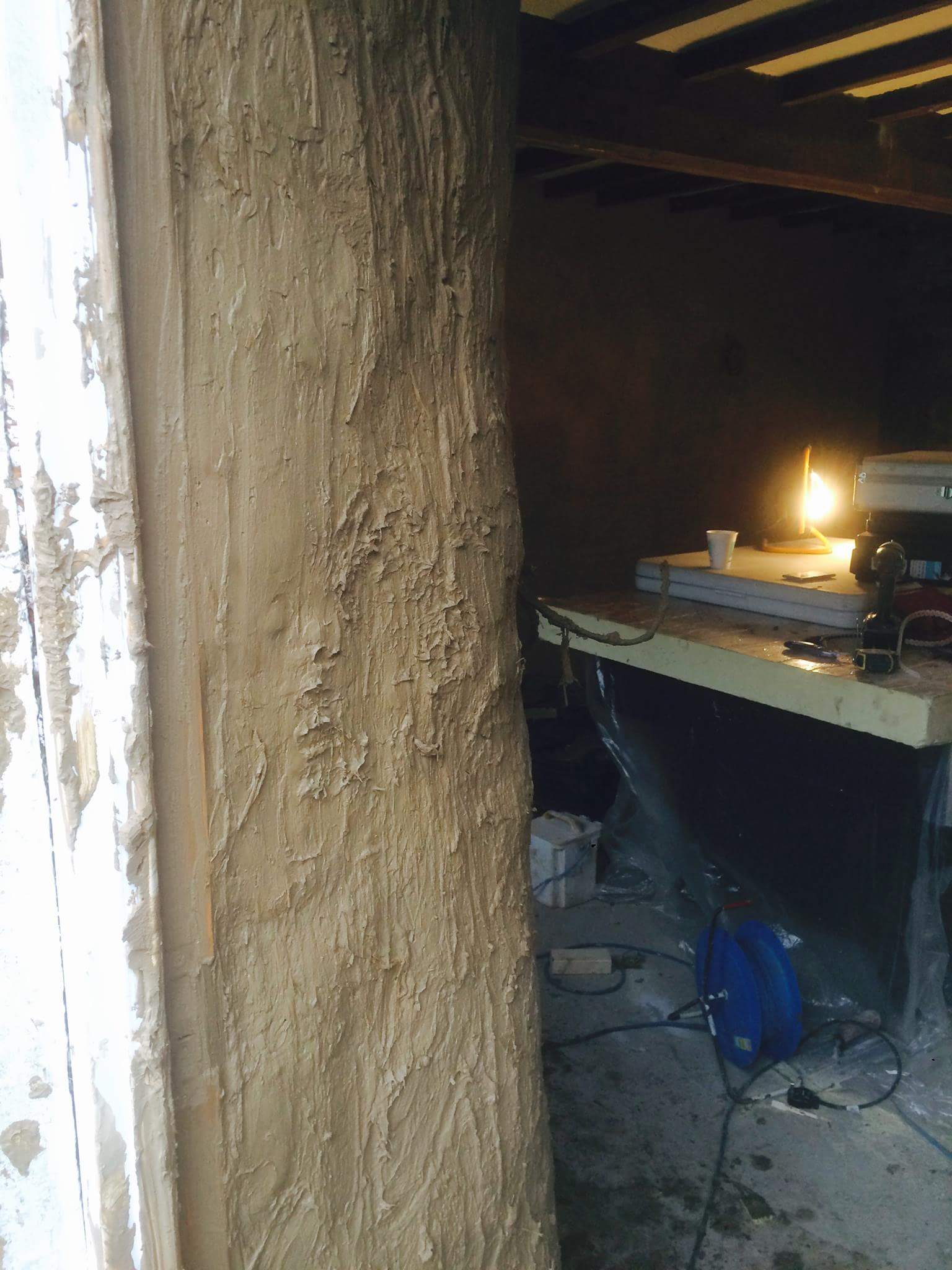


Cleaning Tadelakt with black soap helps in reconditioning its soft surface. Tadelakt surface is best to be cleaned weekly using only a sponge, black soap, and water. Avoid using strong chemicals like bleach since this harsh cleaner will destroy the delicate limestone surface. Tadelakt is very durable if cared for correctly. It has a refined, smooth, and polished surface similar to that of a natural stone and has a satin sheen. This decorative plaster originated from the Marrakech region of Morocco, first used in the 11th century to waterproof the royal Berber water tanks. The mixture from these ingredients creates a waterproof coating that makes Tadelakt suitable for bath and showers areas.Īside from its decorative beauty and an all-natural material, one of the finest features of Tadelakt is that it does not contain dangerous compounds, and it’s purely resistant to mold and mildew. Walls and Partitions (Fibre Cement Sheet, 6.Tadelakt is a traditional waterproof and wall finishing technique made of natural, lime-based plaster combined with olive oil soap (black soap) and natural pigments. Walls and Partitions (Fibre Cement Sheet, 4.5mm thick) Walls and Partitions (Autoclaved aerated concrete block masonry 100mm thick) Walls and Partitions (Acrylic resin sheet, flat, per 1.0mm of thickness) Roofs (Tiles, terracotta, French pattern) Roofs (steel, galvanized standard corrugated sheeting, 0.50mm incl. Roofs (steel, galvanized standard corrugated sheeting, 0.60mm incl. Roofs (steel, galvanized standard corrugated sheeting, 0.80mm incl. Roofs (steel, galvanized standard corrugated sheeting, 1.00mm incl. Roofs (Steel sheet, flat galvanized, per mm thickness) Roofs (Acrylic resin sheet, corrugated, 3mm thick, deep corrugations) Roofs (Acrylic resin sheet, corrugated, 3mm thick, standard corrugations) Roofs (Bituminous felt (5-ply) and gravel Roofs (Fibre Cement, corrugated sheeting 6mm thick, deep corrugations) Roofs (Fibre Cement, corrugated sheeting 6mm thick, including lap and fastenings) Roofs (Fibre Cement, corrugated sheeting 6mm thick, standard corrugations) These include, brick, cement sheeting, plasterboard, tiles, tin roof sheeting etc.ĭensity of Common Construction Materials Construction Materialįibre Cement Sheet (Fire-resistant lining sheet)ĭensity of common construction raw materials in kilonewton per metre cubed (kN/m 3), kilogram per metre cubed (kg/m 3) and pound per cubit foot (lb/ft 3) Weight of Common Construction Systems Construction ElementĬeilings (Portland Cement Plaster, 13mm thick)Ĭeilings (Suspended metal lath and gypsum plaster (FRL – 1hr)Ĭeilings (Suspended metal lath and gypsum plaster (FRL – 2hr)Ĭeilings (Suspended metal lath and gypsum plaster (No Fire Rating)įloors (Cinder-concrete filling, 25mm thick)įloors (Compressed fibre cement sheet, 15mm thick)įloors (Magnesium oxychloride (sawdust filler), 25mm thickįloors (Magnesium oxychloride (mineral filler), 25mm thick Weight of Construction Systems: This table presents the weight per square metre of building systems which are constructed from raw materials.Density of Construction Materials: This table presents the raw material densities for a range of different construction materials including timbers, metals, water, glass etc.This article presents two separate tables (use the jump link below to fast forward to the one that interests you): Understanding density will assist in using the density of common construction materials provided in this article.


 0 kommentar(er)
0 kommentar(er)
